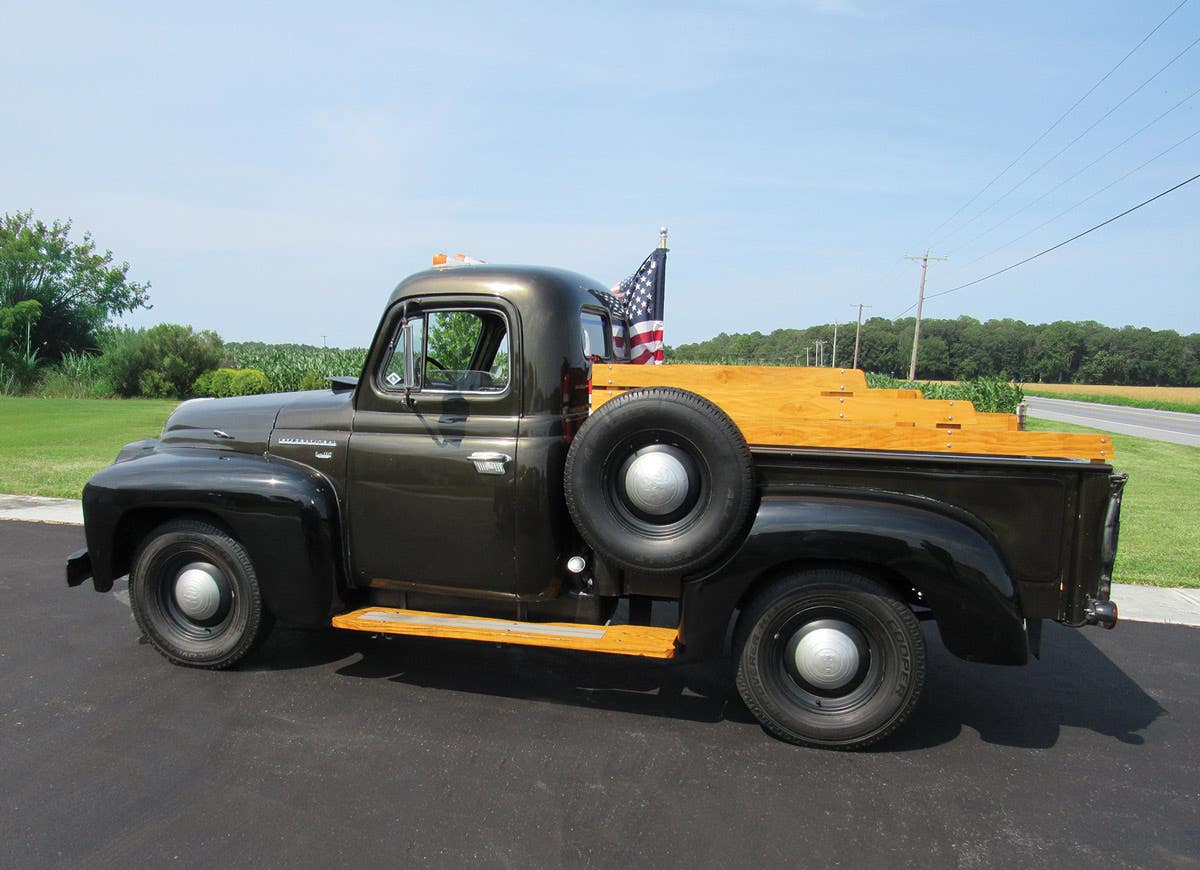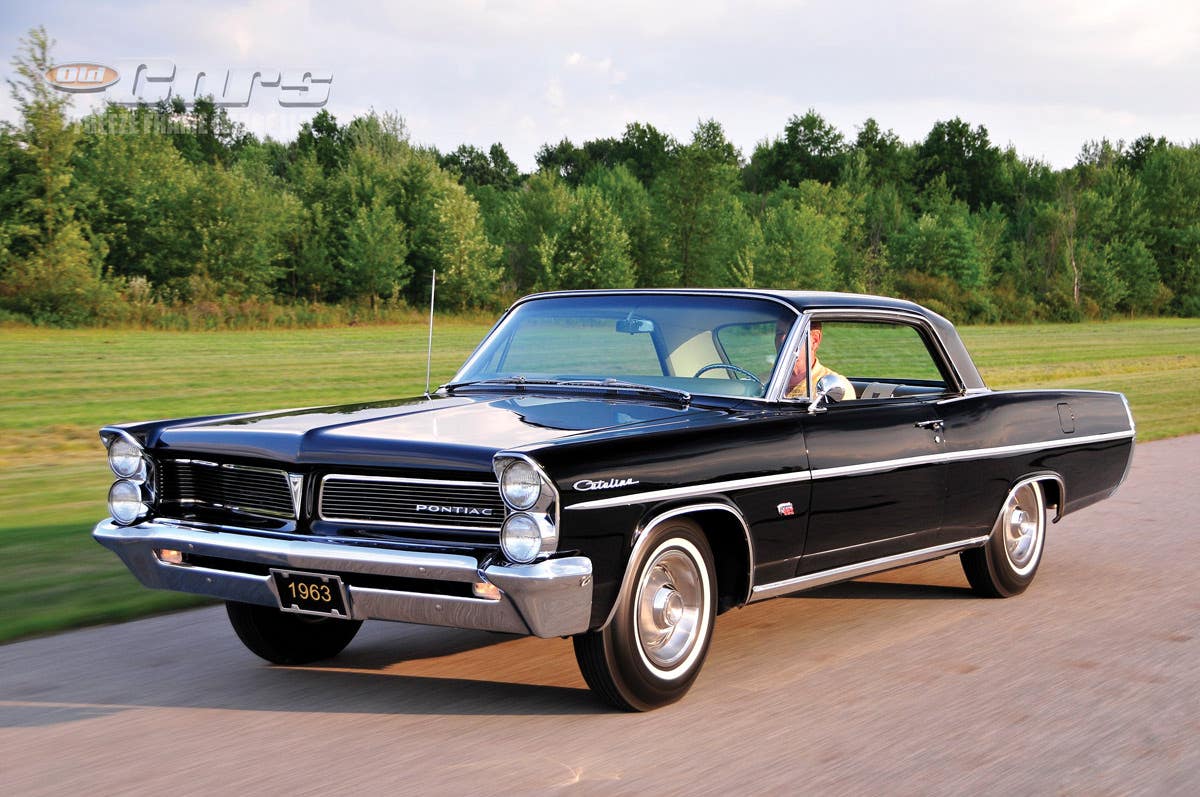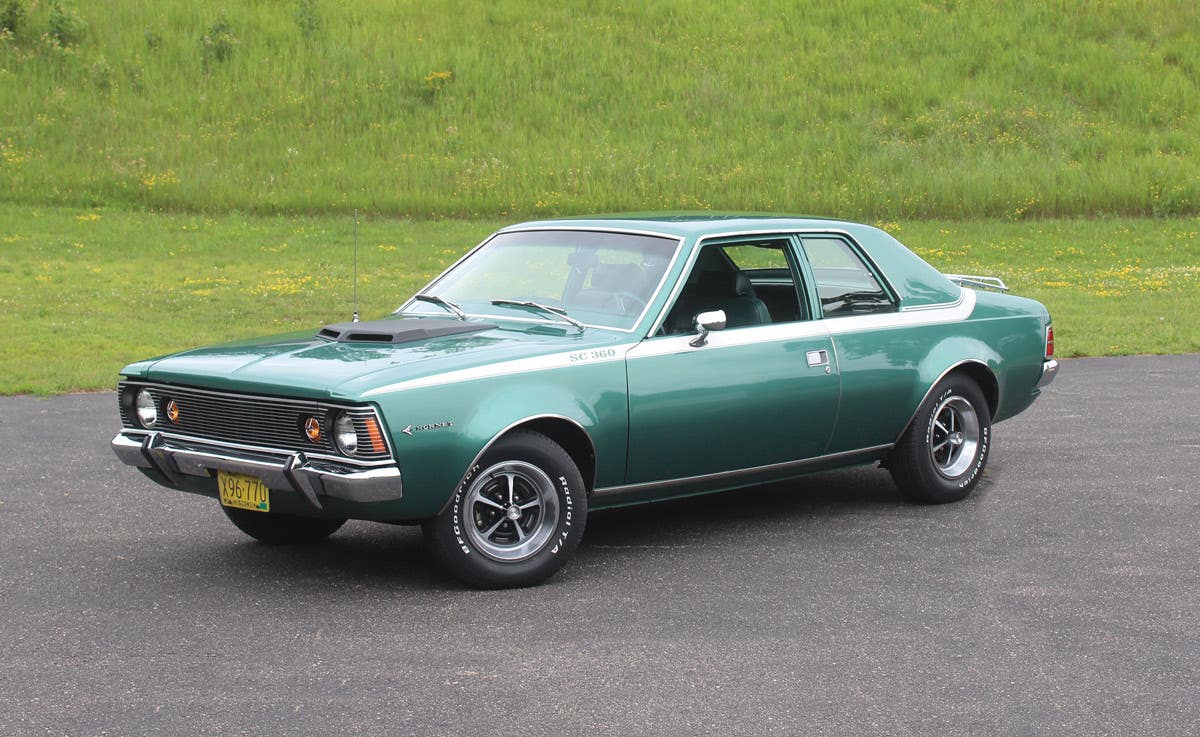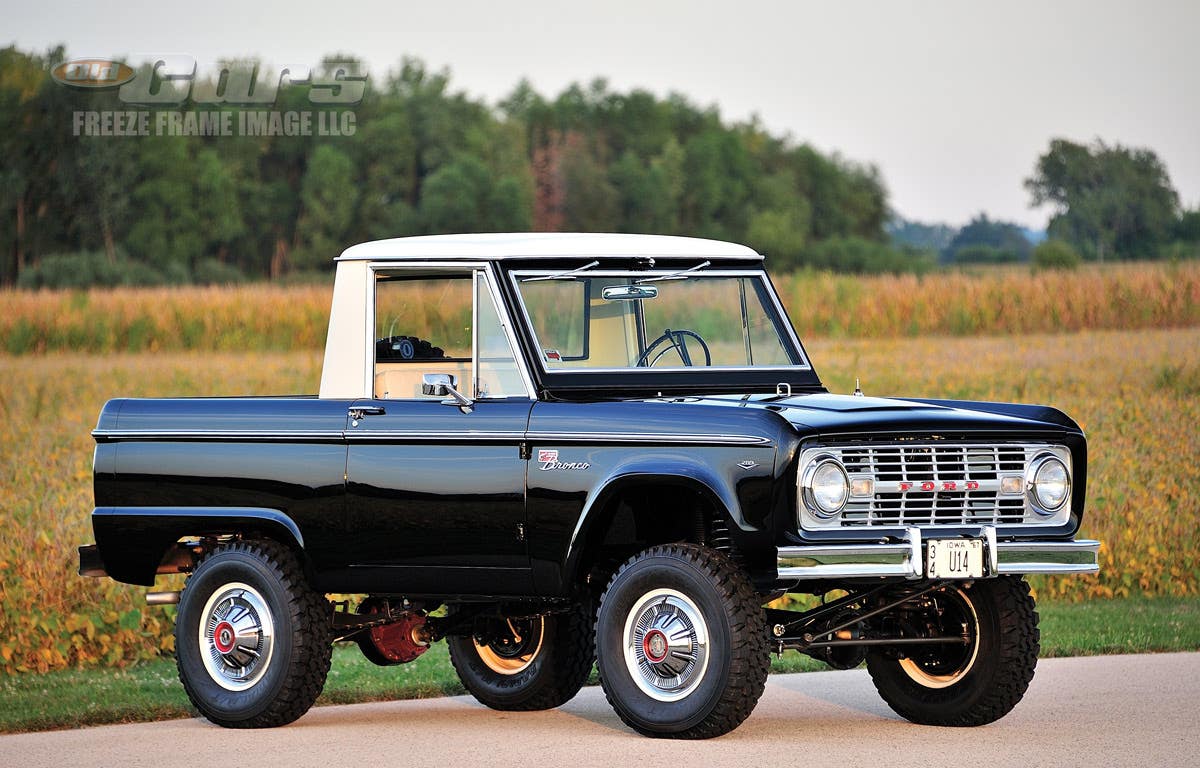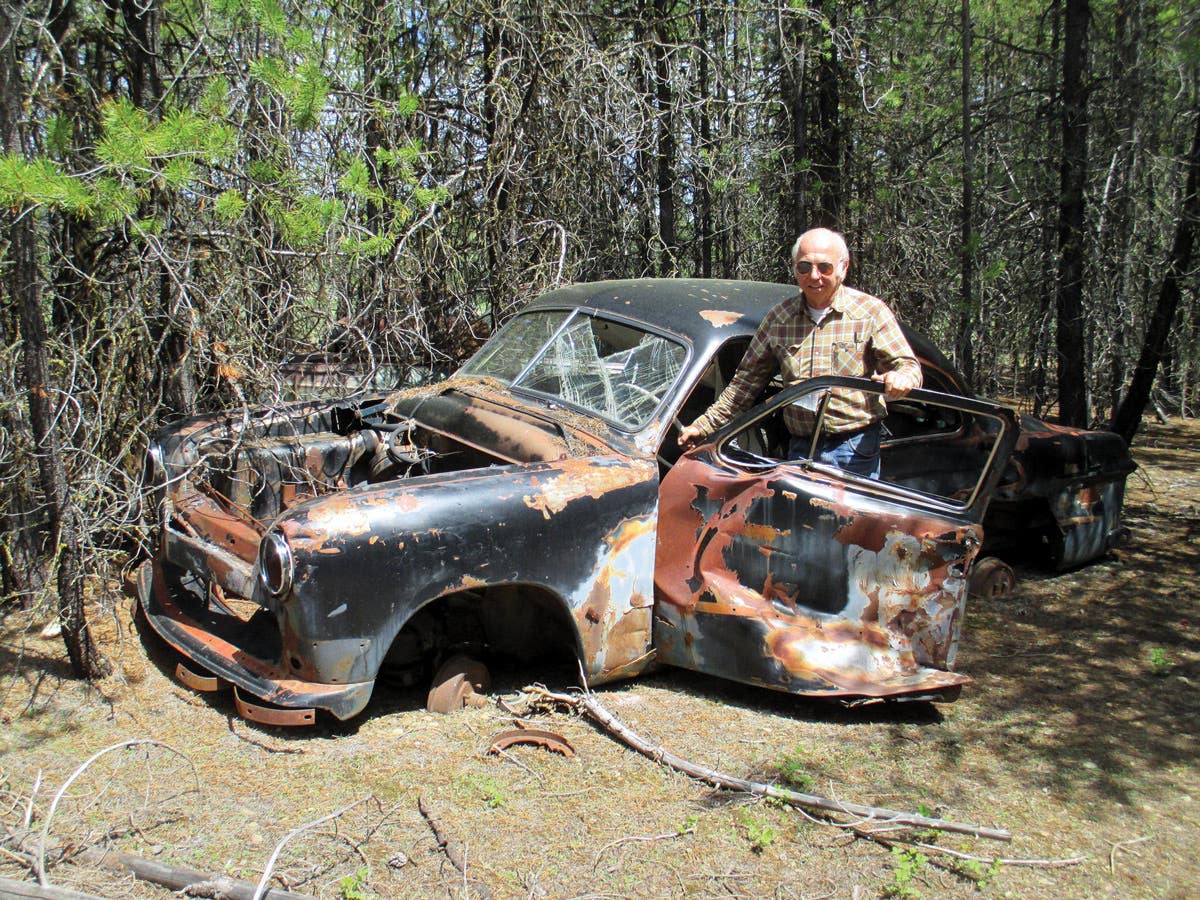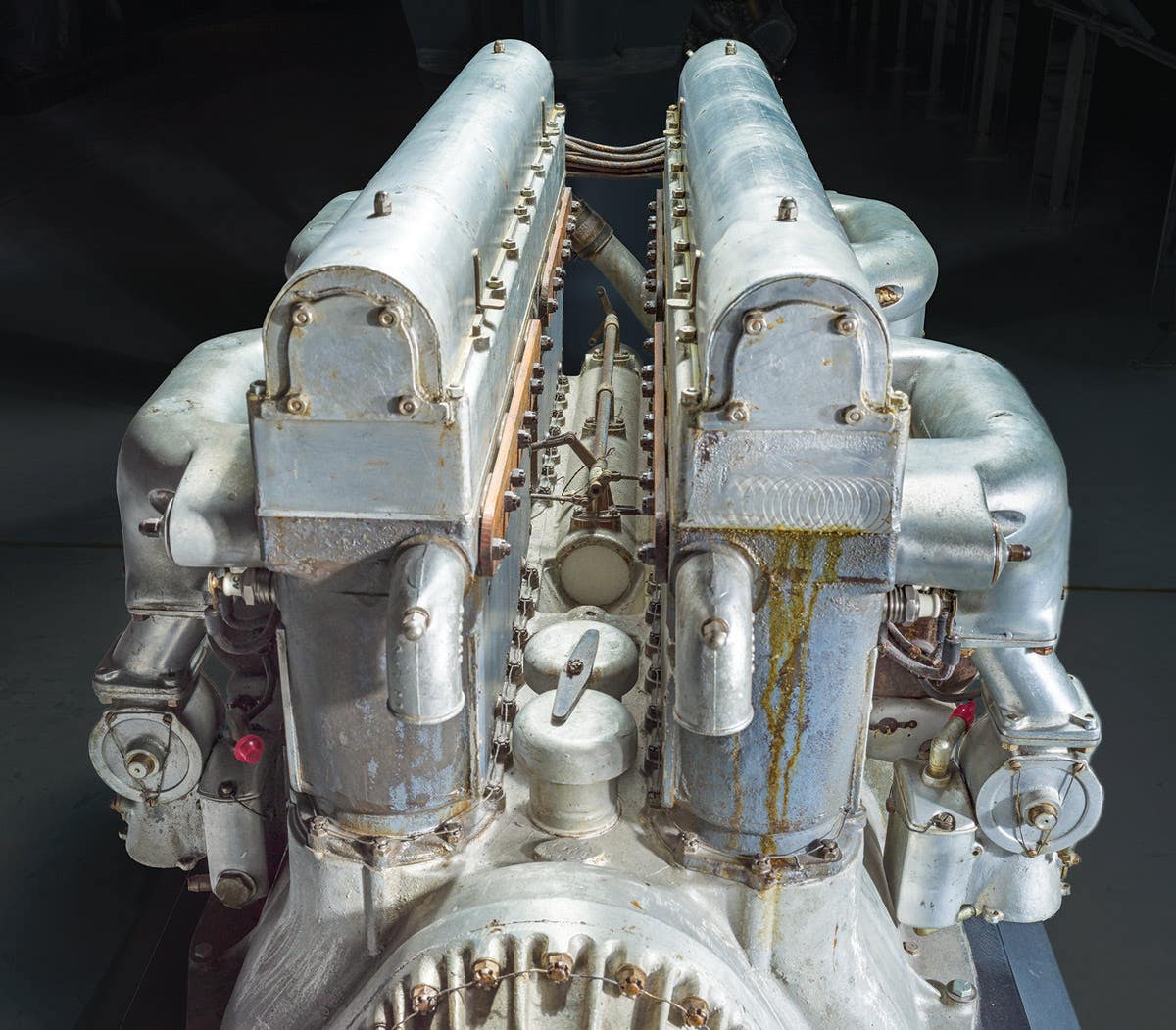Nothing Says 70s And 80s More Than Cladding Along The Bottom Edge Of A Car While This Decorative Trim May Add Some S
Nothing says “’70s” and “’80s” more than cladding along the bottom edge of a car. While this decorative trim may add some sparkle and shine to a car’s appearance, it’s…
Nothing says “’70s” and “’80s” more than cladding along the bottom edge of a car. While this decorative trim may add some sparkle and shine to a car’s appearance, it’s also forms a great harbor for dirt to gather. And, since we all know dirt deteriorates a paint finish and can even start to eat away at metal, this area needs to be cleaned from time to time. It’s also important to consider that, over time, this trim can scrape the paint down to the metal beneath it as the car bounces along many thousands of miles, if it wasn’t already scraped when the factory initially installed the trim.
Among the cars featuring its fair share of this stainless or aluminum trim is the 1980s Chevrolet Caprice. I’ve had enough of these cars to know what hides beneath the cladding on them, and so I was motivated to clean the area behind this trim on my own car, especially since I wouldn’t be painting the car for several years. Over a couple nice, spring afternoons, I took off the car’s old cladding, washed the finished behind it, touched up the paint, prepped the trim before re-installation and put the whole thing back together -- without scraping the paint off.
The first step is to start with a clean car. As you wash the car’s surface before this task, you’ll probably notice that the water and soap runs down the car and underneath the trim. If you do notice this, you won’t be shocked to find what’s lingering behind the cladding.
You may also choose to wait to wash the car only after the trim is off, as you’ll be washing the car again at this point. However, I prefer to work on a clean car, as dirt can scratch paint as you work around the areas around the trim and rub the dirt in and around the paint surface.
As the car completely dries, now is a good time to set up an area to place the trim. The area should be flat and clear of anything that could fall and dent the trim. A clean workbench with big, old and clean towels to place the trim on is ideal. Workbench space isn’t a luxury where I work on my cars, so I used the long grass of my lawn to store the trim, but I also don’t have to worry about pets or children walking through my work area - and on my parts.
Once the car is clean, you’re ready to start removing the trim. On Chevrolets, a simple phillips screw driver is all that’s necessary. The car I started out with is a Scottsdale, Ariz., car, so the screws holding the trim on the car were not rusty. Just the same, I always tighten the screw heads before beginning to loosen them. This always seems to ease removal and prevents the chance that I’ll strip the screw head, rendering it unusable when it’s time to reinstall the trim.
Once all the trim screws are out, at least on GM cars of this era, the trim can be pulled off the plastic clips behind the trim. The trim can be removed from these clips by pushing up on the bottom of the trim pieces, then pulling the top of the trim piece away from the body. If the trim does not want to come off, you probably haven’t removed all of the hidden screws. Be careful not to scrape the paint.
With the trim off, you'll see some of the grime and dirt that accumulated over several years of driving (above). I couldn't help myself from cleaning most of the dirt off right away. Before I finished cleaning the section, I snapped this picture. You can see the dirt around the clip yet...that dirt covered this bottom entire section of the quarter panel. Below is a better view of the dirt with the clip removed.
Once the trim is off, you can clean off all the dirt and grime that has
gathered on the back and even the front. Don’t forget to clean the
clips, too. I found lots of tar hiding on the front of the trim and
used this as an opportunity to thoroughly clean both sides. Of course,
do NOT use SOS pads or steel wool to clean the surface as it will
scratch the trim. Once the trim is clean, set it aside on the area you
have cleared. On Caprices of this era, there is a black stripe running
the length of the trim. If this section is scratched or chipped, now is
also a good time to tape it off and re-paint this black stripe using a
semi-gloss or gloss black, whichever matches the rest of your trim best.
Now that the trim is off, clean the body where the trim once was. I
prefer to go through the process of re-washing the lower half of the
car at this point, but you may also wish to use a glass cleaner to
clean these areas. My experience has proven that the grime and dirt
beneath the trim is awful thick, which requires a lot of windex and
towels to clean the area.
With this area clean, you can more easily identify any scrapes in the
paint. It’s unlikely you’ll find chips in this area as the trim works
well as preventing the trim from rocks, but if you, now is the time to
touch up the paint wherever it’s thin or absent. However, if there’s
any rust or corrosion starting in these scrapes or any chips, get after
them now.
Even though this is an Arizona car, there was still some slight corrosion beginning where the paint was wore through. Now's the time to take care of it before it cannot easily be removed.
I use the little bottles of auto paint touch-up found at any auto store to fill in small areas of missing paint. On Caprices, the trim behind the rear wheel runs all of the way to the bottom of the fender, so I chose to mask around this area and spray paint it since I didn’t have to worry about my handiwork being visible once the trim was back on.
After I used chrome cleaner to clean the light surface rust, I used a small touch-up paint brush to cover any bare spots of paint.
After the paint is dry, thoroughly wax the area where the trim once was. This will help keep the area clean as dirt will rinse off easier as it passes over the paint surface, as well as protect it from future scrapes and chips. Once waxed, you’re ready to re-install the trim.
Don't forget to clean the trim parts while they're off the car. A mild dish soap will effectively clean the plastic parts, and chrome polish works well on the cadmium-plated metal clips. If your metal clips are corroded, see if they're available from your local dealer.
Here’s where I discovered a handy trick. Since putting the trim back on can scrape the paint just touched-up, use electrical tape on the high edges of the back of the trim (those edges that will rest against the car and its paint). The trim will have to be clean to thoroughly adhere to the trim. Since the tape should not be visible once on the car, use a razor or hobby knife to trim it to the width of the trim edge it is being applied to. Also, find a color of tape that matches the car so it does not stand out once the trim is on the car. In the case of the white 1985 Caprice Landau coupe that is the subject of this blog, I was fortunate that I did not have too hard of time to find a matching tape color.
The white stripe the scissors points to is the electrical tape applied to the high point of the trim. This tape will prevent scratching the paint when re-installing the trim piece.
You’re now ready to put all the trim back on the car, and do so without scraping the paint off your Chrysler New Yorker or LeBaron, Ford Crown Victoria, Buick Regal or other modern collectible.
Angelo Van Bogart is the editor of Old Cars magazine and wrote the column "Hot Wheels Hunting" for Toy Cars & Models magazine for several years. He has authored several books including "Hot Wheels 40 Years," "Hot Wheels Classics: The Redline Era" and "Cadillac: 100 Years of Innovation." His 2023 book "Inside the Duesenberg SSJ" is his latest. He can be reached at avanbogart@aimmedia.com



